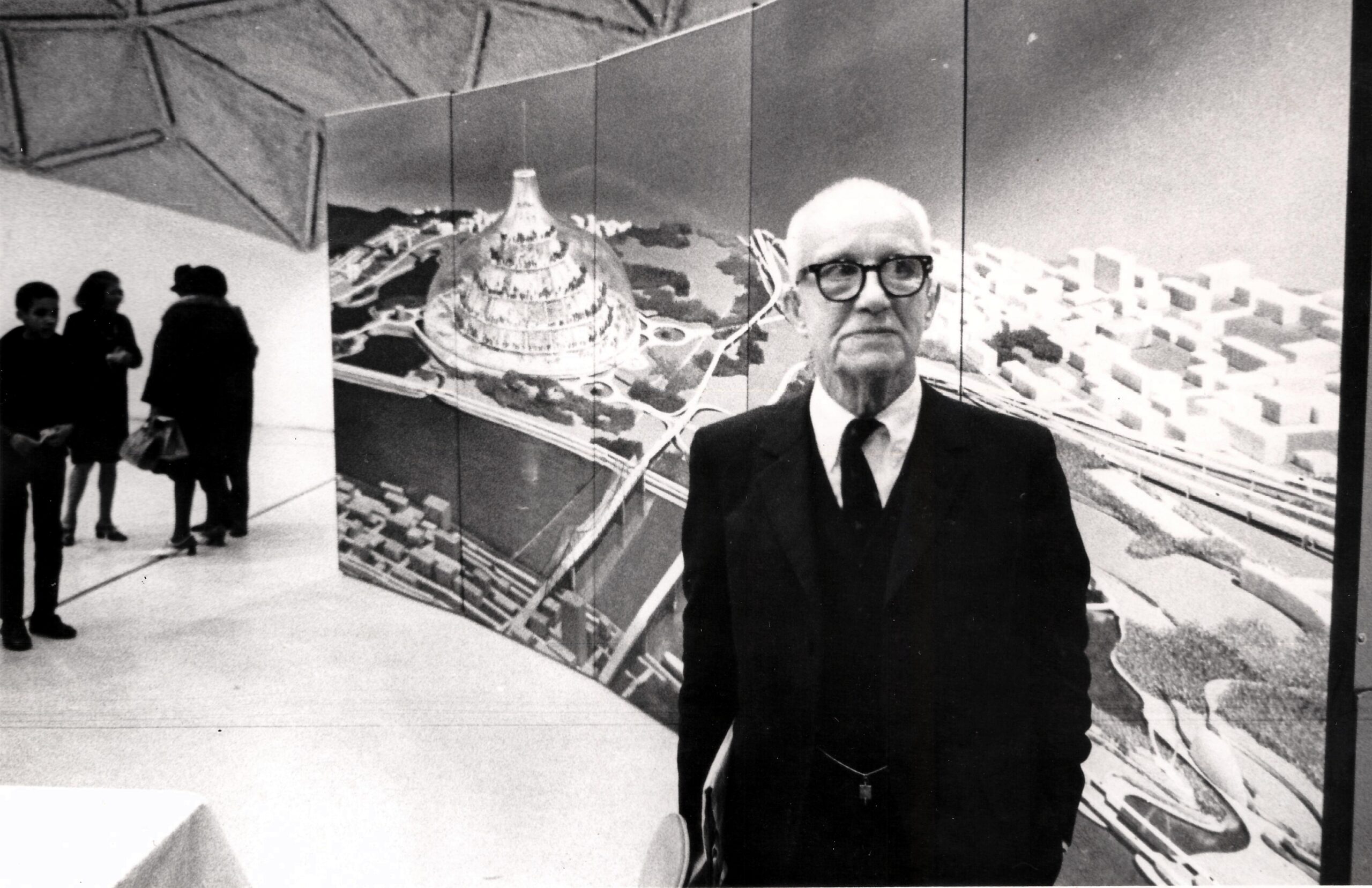
The Paradox of Climate Control: Utopian Escape or Environmental Hubris?
architizer.com
The latest edition of Architizer: The Worlds Best Architecture a stunning, hardbound book celebrating the most inspiring contemporary architecture from around the globe is now available. Order your copy today.Imagine a circular dome filled with snowy mountain ranges, penguins and polar bears, situated in the desert outside Dubai. A sphere that acts as a new commodity and attraction for ski lovers who are tired of traditional destinations and wish to enjoy an exhilarating winter sports experience within a scorching barren land.Even though it was never built, the Dubai Sunny Mountain Ski-Dome was an actual project in the works in the early years of 2000. The project intended to bring winter and snow to the desert, as well as provide an alternative for permanent residents to escape the hot season with a new winter wonderland placed in their own back yard. Still, if we set aside the complexity and the required technology for such construction, the Ski-Dome acts as an evolution of other futuristic and even utopian architectural projects, all of which suggest an artificial container where weather conditions and local climates are controlled.Steve Yelvington, R. Buckminster Fuller with his domed city design, CC BY-SA 4.0Examples such as Buckminster Fullers geodesic domes, designed to create self-sustaining habitats, the Cloud Nine project, which proposed floating geodesic spheres capable of sustaining human life in isolated environments and the more recent Eden project in the UK, featuring interconnected biomes that house diverse plant species in controlled conditions, are all speculative proposals for constructing a new climatological utopia.Why is there such a big desire to control the weather? Is it a matter of power, convenience, spectacle or profit? More importantly, is it an ethical pursuit, or does it foreshadow a dystopian future where humans increasingly isolate themselves from the natural world instead of adapting to it?FotoFree, Eden Project roof hexagonal design, CC BY-SA 4.0A contained, artificial atmosphere is not a foreign concept. In its simplest form, it is an air-conditioned house interior, that offers comfort and shelter from extreme weather conditions. In its more complex materialized form, it looks something like Montreals underground city, RESO. The FA house in Vietnam, for instance, designed by atelier tho.A was cladded in a translucent skin to protect the 20-year old structure from the direct impact of weather. Consequently, the house was transformed into a greenhouse maintaining a stable interior temperature all year round. FA house by atelier tho.A, Dalat, VietnamOn the other hand, the Butterfly Dome project by Gerber Architekten offers social as well as climatological protection. Situated on the bridge between areas of the KAFD the design aims to create an urban landmark and a peaceful oasis amidst the chaotic activity of the Financial District. The spheres contained microclimate allows an array of tree species to thrive, offering a breath of fresh and (ironically) filtered air amongst the dense urban landscape.Butterfly Dome by Gerber Architekten, Riyadh, Saudi ArabiaIs then the aspiration for climate control actually a need of protection? Are climatologically artificial, enclosed environments a necessity for survival and better living? Going back to the Dubai Ski Dome, this does not seem to be the case. Taking into account that the concept was first proposed in the early 2000s, when climate change was known but not as pressing an issue as it is today.Instead of serving as a response to environmental urgency, the Dubai-Ski Dome was going to be a part of Dubailand, and was seen more as an entertainment venue that somewhat hubristically defied the natural landscape and local weather conditions. However, contemporary architectural projects show that there is a shift from a luxury to an essential strategy for survival, in order to respond to the increasing global temperatures, rising sea levels, and extreme weather patterns.In truth, the dream of building enclosed environments to shield humans from external weather conditions is no longer just a speculative exercise it is rapidly becoming a reality. However, with this new direction towards controlled climates, it is important to consider the unavoidable ethical and ecological implications. Will such environments be accessible to all or would they be considered a luxury for most people? In parallel, will they promote a seamless adaptation with nature, or would they encourage further environmental detachment? In our current climate crisis, the Dubai Ski-Dome may appear to be a utopian escape, yet it also serves as a glaring symbol of the very forces that led to this environmental degradation in the first place.Featured Image: Jrgen Matern, Eden Project geodesic domes panorama, CC BY-SA 2.5The post The Paradox of Climate Control: Utopian Escape or Environmental Hubris? appeared first on Journal.
0 Commentarii
·0 Distribuiri
·39 Views


